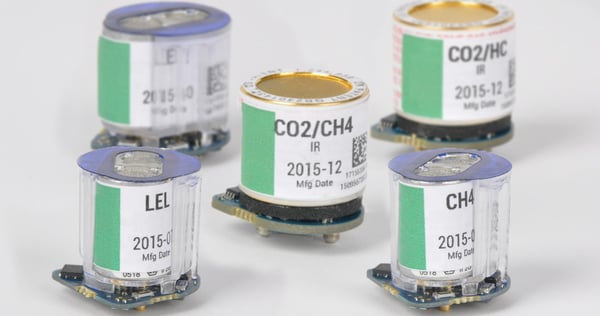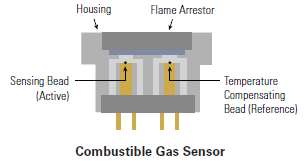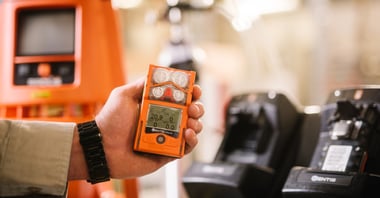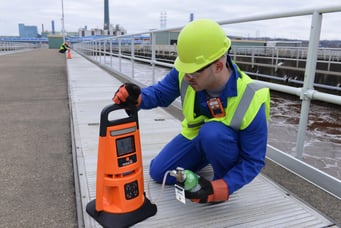One of the fastest-growing trends in gas detection today is the use of infrared sensors for detecting LEL levels of combustible gas. I was engaged in a lengthy debate with a customer this week on whether or not the infrared technology was the right fit for the job he was doing. The question is, is it right for your application?
Many people have joined the movement toward infrared combustible gas detectors based on the belief that this technology provides greater stability in readings, longer sensor life, and less need for calibration, or even no need for calibration at all. There may be some degree of truth to these points, but we will come back and discuss them later. There are other points to consider about infrared sensors and their catalytic bead sensor counterparts first.
Infrared sensors do provide two clear advantages for detecting combustible gases. They do not lose sensitivity due to chemical poisoning and do not require oxygen to be present in order to function appropriately like the traditional catalytic bead sensors.
But this is where the clear advantages stop. The output of infrared sensors can be greatly affected by high humidity and changes in ambient temperature and pressure. The effects of these factors on catalytic bead sensors are generally considered to be negligible.

The output from infrared sensors is inherently non-linear and response curves vary for different species of gas. This means that the sensor must be characterized and calibrated to a particular gas in order to produce a linear result. The linear response of the catalytic bead sensor makes it very easy to predict its response to various gases and provide a correlation factor based on virtually any gas used for calibration.
But most importantly, infrared sensors are not capable of detecting hydrogen. If you are using an infrared sensor in a safety monitoring application where there is any possibility that hydrogen may present an explosion hazard, STOP! Immediately! You may be in serious jeopardy!
Back to those original beliefs about the infrared sensors. Generally speaking, the infrared-based sensors do have better long term stability and should provide longer sensor life based on the long-life IR light sources that are used. However, these sensors are still exposed to the environment and hazards of everyday use on the job and therefore are susceptible to having the gas pathway to the sensor blocked by dirt and debris. If gas cannot enter the sensor, it cannot be detected. The characteristics of the light source and the IR detector may also be changed due to damage from physical shock. For these reasons, it is still very important that infrared combustible gas sensors are bump tested and calibrated regularly.
Infrared sensors for detecting combustible gases may be the latest wave. And they may be the perfect choice in applications where detection of a known gas in a low oxygen environment is necessary. But before you have IR sensors installed in your gas monitors, make sure that they truly will work for you.



